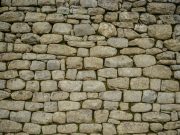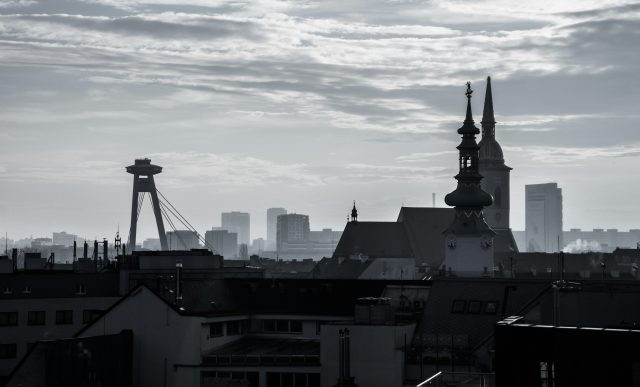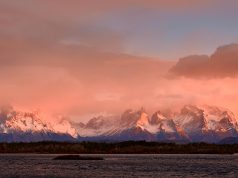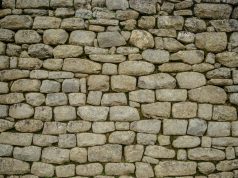In the serene landscapes where time seems to stand still, the whispers of nature are now interspersed with the chatter of travelers seeking solace from urban chaos. As the sun rises over rolling hills and untouched forests, a new dawn of tourism emerges, promising prosperity but also stirring complex questions about its true impact. In rural communities, where traditions are as deep-rooted as the ancient trees, the influx of tourists has become a double-edged sword. On one side, it offers a lifeline, invigorating local economies and breathing new life into age-old crafts. On the other, it casts shadows of inequality, where the benefits of this boom are not equally shared. As we journey through the quaint villages and sprawling farmlands, we delve into the heart of this paradox, exploring whether tourism is indeed a harbinger of inequality in these idyllic yet fragile settings.
Economic Disparities: Unveiling the Financial Impact of Tourism on Rural Areas
Tourism has long been heralded as a beacon of economic opportunity, especially for rural areas seeking to capitalize on their natural beauty and cultural heritage. However, the financial influx brought by tourism often casts a shadow of inequality, disproportionately benefiting certain segments while leaving others behind. Local businesses such as family-owned inns, craft shops, and traditional eateries may flourish, yet the profits can become concentrated among a few, sidelining smaller enterprises. This uneven distribution can exacerbate existing disparities, creating a chasm between those who thrive in the tourism industry and those who do not.
Moreover, while tourism can boost employment, the quality and stability of these jobs often remain questionable. Challenges faced by rural communities include:
- Low-wage, seasonal employment that offers little job security.
- Increased cost of living due to rising property values driven by external investments.
- Pressure on local resources and infrastructure, leading to potential neglect of local needs.
In this complex landscape, the question arises: does the surge of tourists truly benefit the whole community, or does it widen the socio-economic gap? A careful examination and strategic planning are essential to ensure that tourism serves as a tool for inclusive growth rather than a source of inequality.

Cultural Erosion: How Tourist Influx Threatens Local Traditions and Lifestyles
In the quest for authentic experiences, tourists often unknowingly contribute to the gradual disappearance of the very cultures they seek to explore. The vibrant tapestry of local traditions can become frayed as communities cater to the demands of an ever-growing number of visitors. The commercialization of cultural practices for tourist consumption may lead to a diluted version of the original, causing a loss of cultural identity. For instance, traditional festivals might be scheduled around tourist seasons rather than their historical or spiritual significance. Similarly, the crafts that once held deep cultural meaning might be mass-produced to meet tourist demands, stripping them of their authenticity.
- Traditional Practices: Altered to fit tourist schedules.
- Artisanal Crafts: Risk of becoming commercialized souvenirs.
- Language and Dialects: Potentially overshadowed by more dominant languages to cater to international visitors.
The influx of tourists can also affect local lifestyles. As communities pivot towards tourism-based economies, traditional livelihoods such as farming, fishing, or craftsmanship may be neglected. This shift can create economic disparities, as those not involved in tourism might find it challenging to sustain their traditional ways of life. Over time, these changes can lead to a homogenized culture, where the unique identity of a place is overshadowed by a globalized tourist-friendly facade.
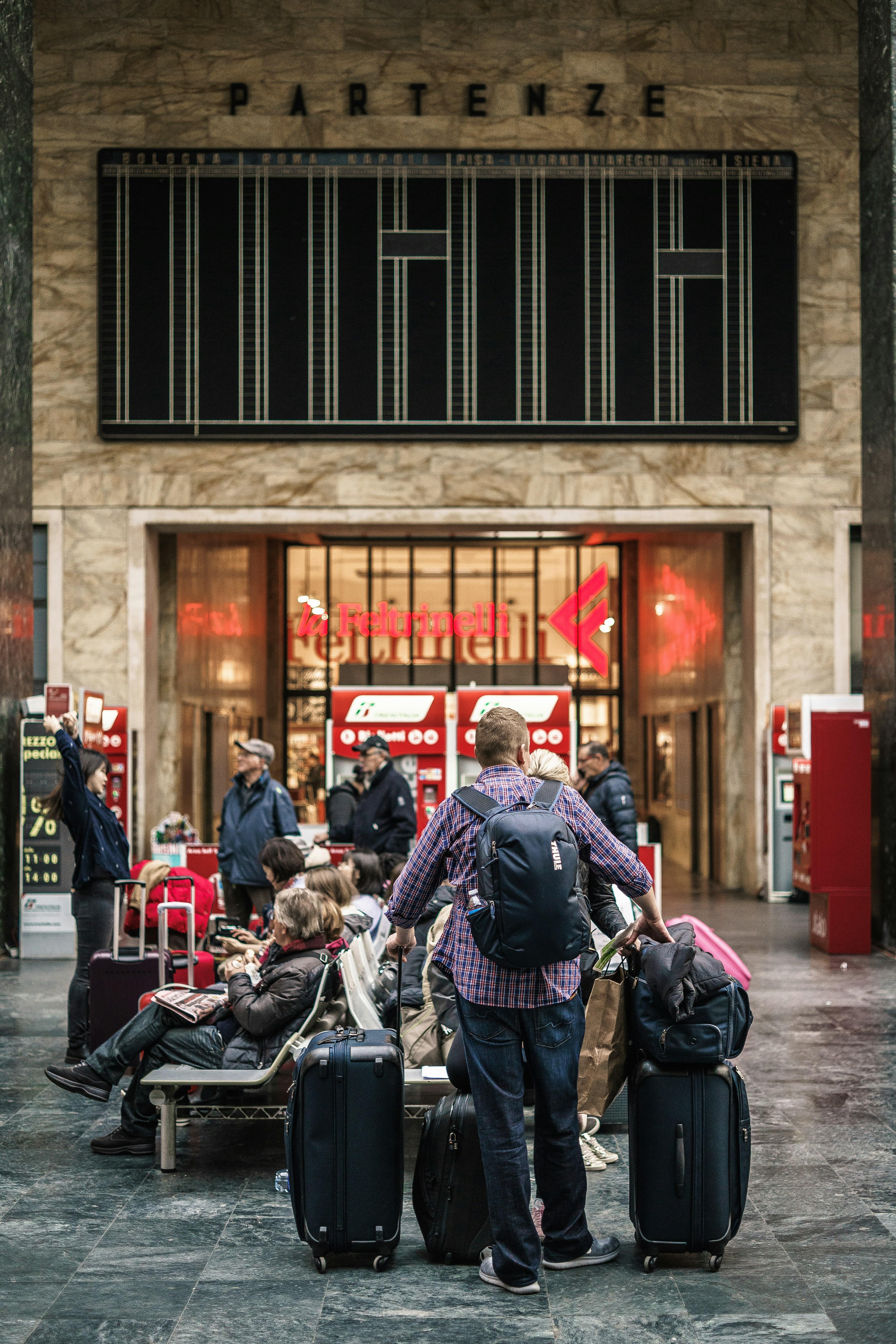
Infrastructure Strain: The Hidden Costs of Supporting Tourist Populations
When throngs of tourists descend upon picturesque rural areas, the demand for robust infrastructure escalates. This surge places an often unseen burden on local resources, leading to a host of hidden costs that disproportionately affect these communities. Roads, public transport, and waste management systems experience significant wear and tear, requiring frequent maintenance and upgrades. This necessitates increased funding, which may divert resources away from other essential local services.
- Increased Maintenance Costs: Continuous repair of roads and public facilities to accommodate tourist traffic.
- Environmental Degradation: Overuse of natural resources leading to pollution and habitat destruction.
- Service Overload: Strain on local healthcare and emergency services, which are often ill-equipped to handle the seasonal influx.
While tourism can invigorate local economies, the financial and environmental toll of supporting large visitor populations can widen the inequality gap, leaving permanent residents to shoulder the costs. This dynamic often results in long-term infrastructural strain that prioritizes short-term tourist satisfaction over sustainable community development.
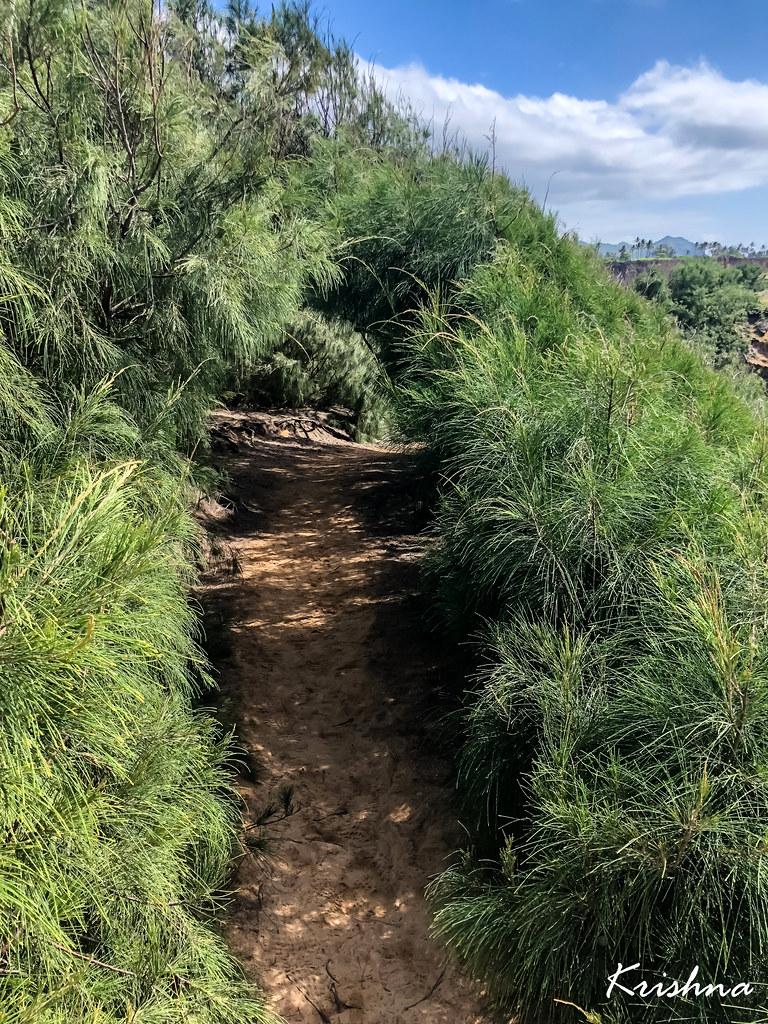
Pathways to Balance: Strategies for Sustainable Tourism Development in Rural Regions
In rural communities, where the rhythm of life often aligns with the cycles of nature, the influx of tourists can feel like a double-edged sword. While tourism brings economic opportunities, it can also widen the chasm of inequality. The key lies in crafting strategies that promote sustainable tourism development, ensuring that benefits are equitably distributed and that the community’s fabric is preserved.
- Community Engagement: Actively involve local residents in decision-making processes to ensure tourism development aligns with their needs and values.
- Equitable Revenue Sharing: Establish systems where profits from tourism are reinvested into community projects, supporting education, healthcare, and infrastructure.
- Preservation of Cultural Heritage: Encourage tourism activities that celebrate and protect local traditions, ensuring that cultural identity is maintained and respected.
- Environmental Stewardship: Implement practices that minimize ecological footprints, such as promoting eco-friendly accommodations and sustainable transportation options.
By adopting these strategies, rural regions can embrace tourism as a catalyst for positive change, fostering a more balanced and inclusive growth that honors both people and place.
Insights and Conclusions
As we traverse the winding paths of rural landscapes, captivated by their beauty and charm, it becomes increasingly clear that tourism is a double-edged sword. On one side, it offers the promise of prosperity, weaving threads of opportunity and cultural exchange into the fabric of rural life. On the other, it risks fraying the very social and economic structures that hold these communities together, potentially widening the chasm of inequality.
As travelers, investors, and policymakers, we stand at a crossroads, tasked with navigating this complex terrain with care and foresight. The challenge lies not just in embracing the allure of tourism, but in harnessing its potential to foster equitable growth. By listening to the voices of rural communities, respecting their traditions, and prioritizing sustainable practices, we can aspire to create a tapestry of tourism that enriches rather than divides.
the story of tourism and inequality in rural communities is still being written. It invites us to ponder the kind of legacy we wish to leave behind. Will we choose to be mere visitors in these picturesque locales, or become stewards of a future where tourism uplifts all? The choice, as always, is ours to make.


















